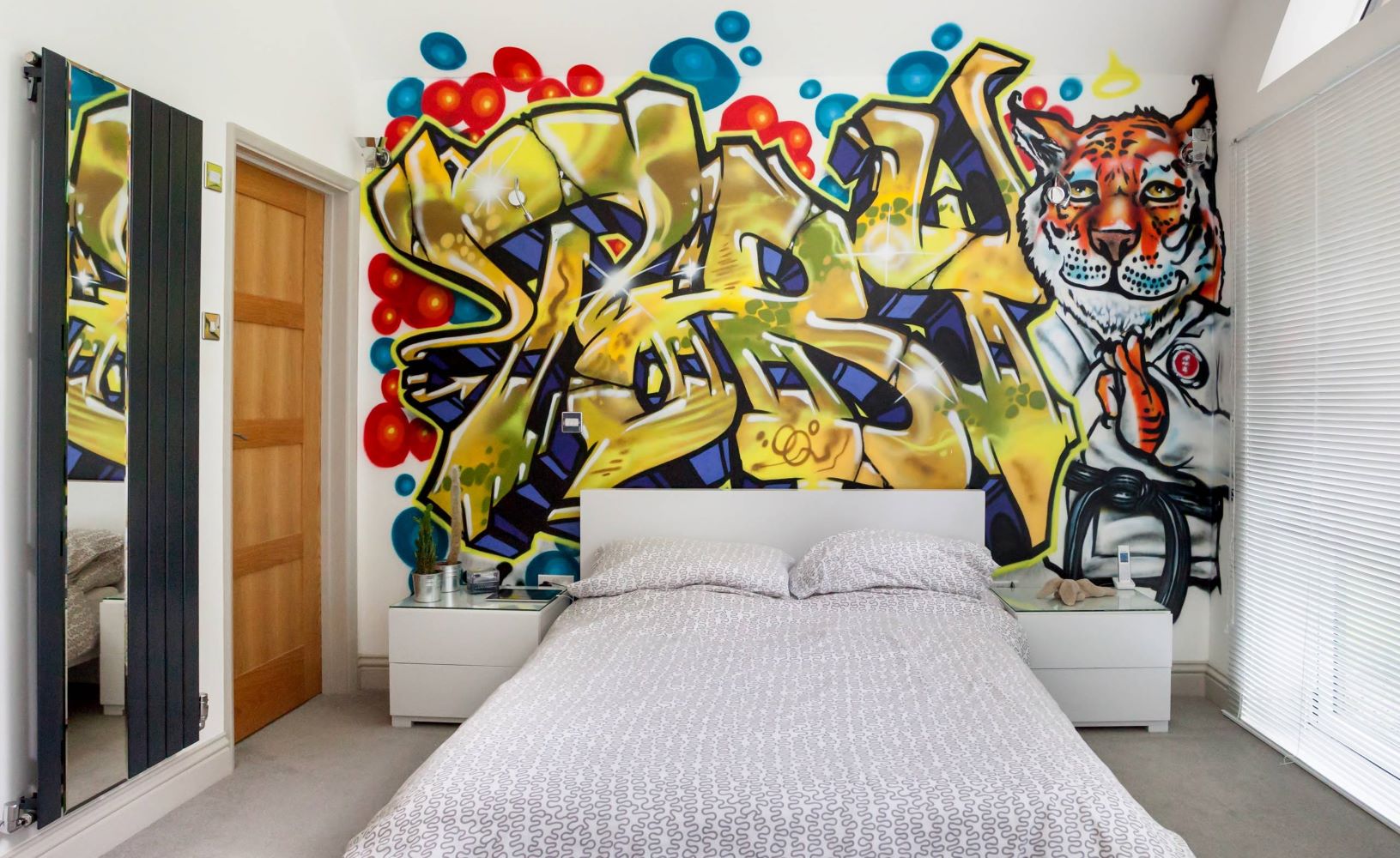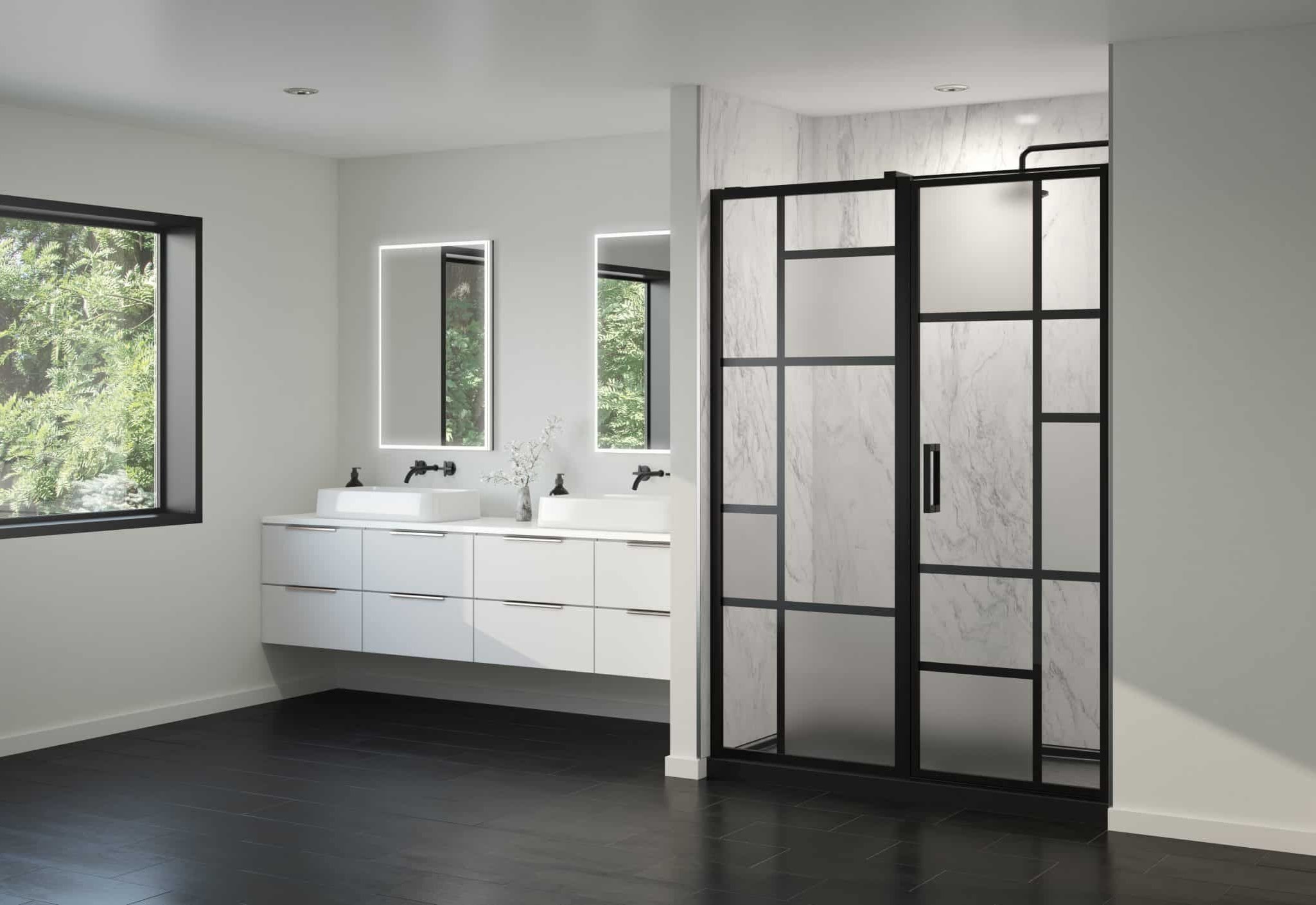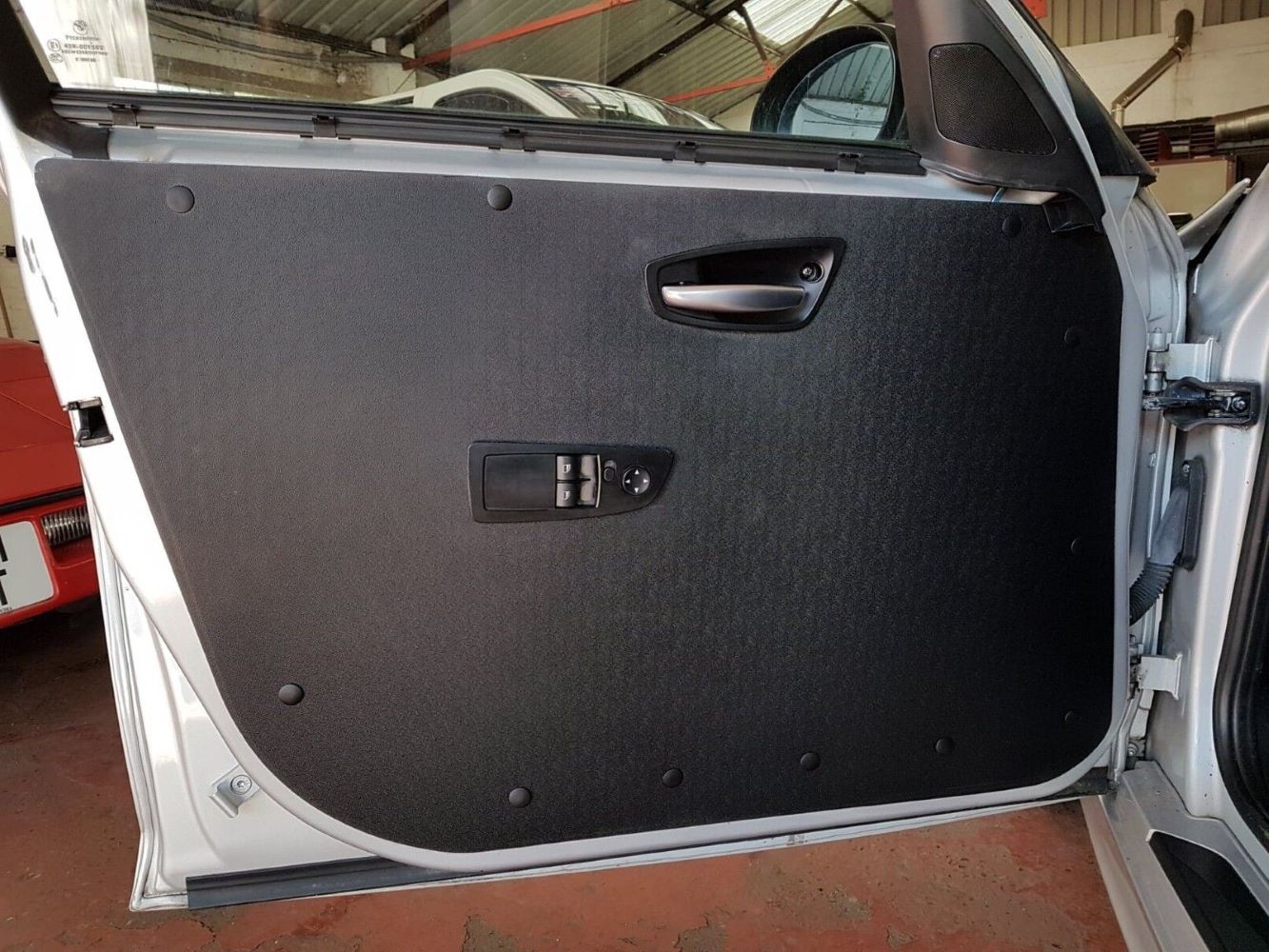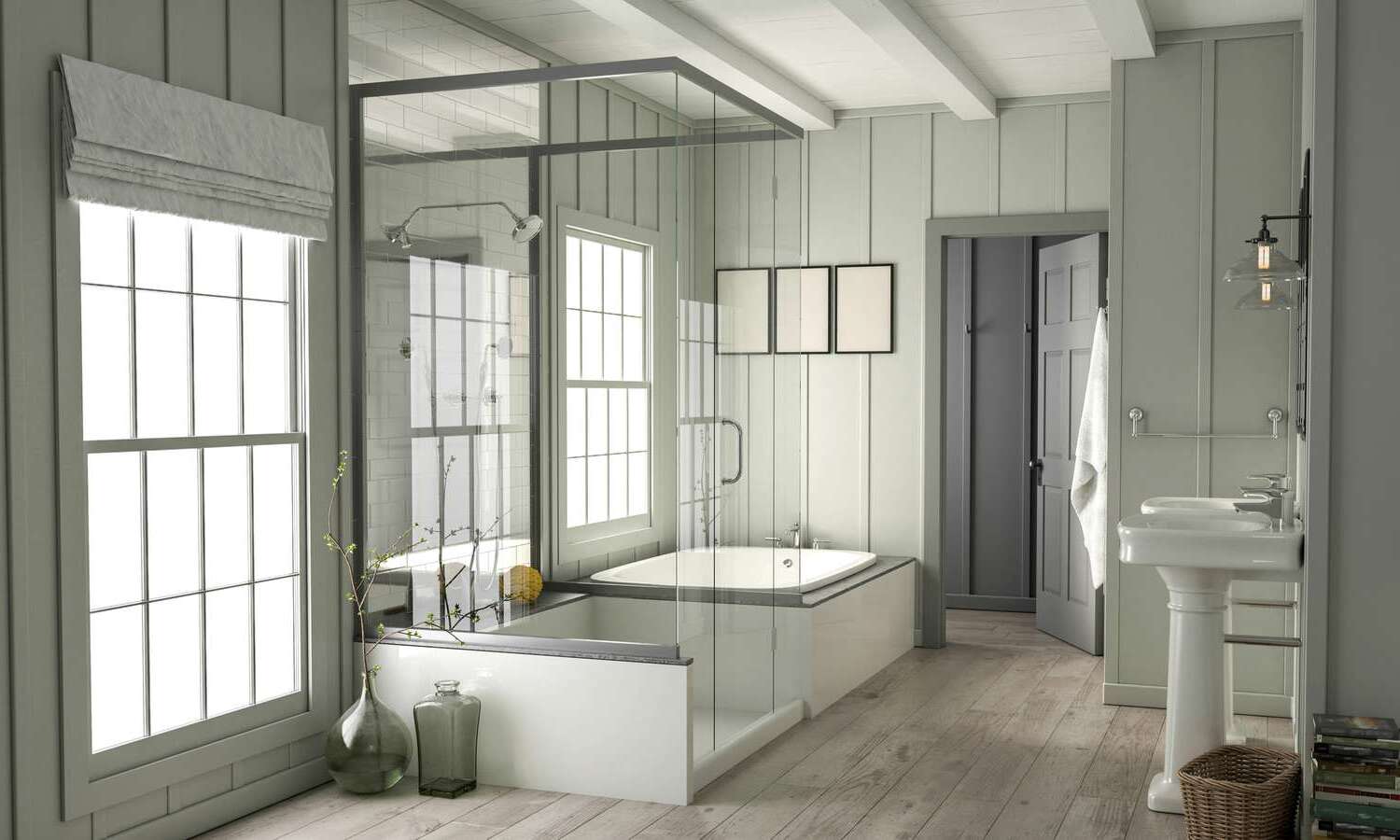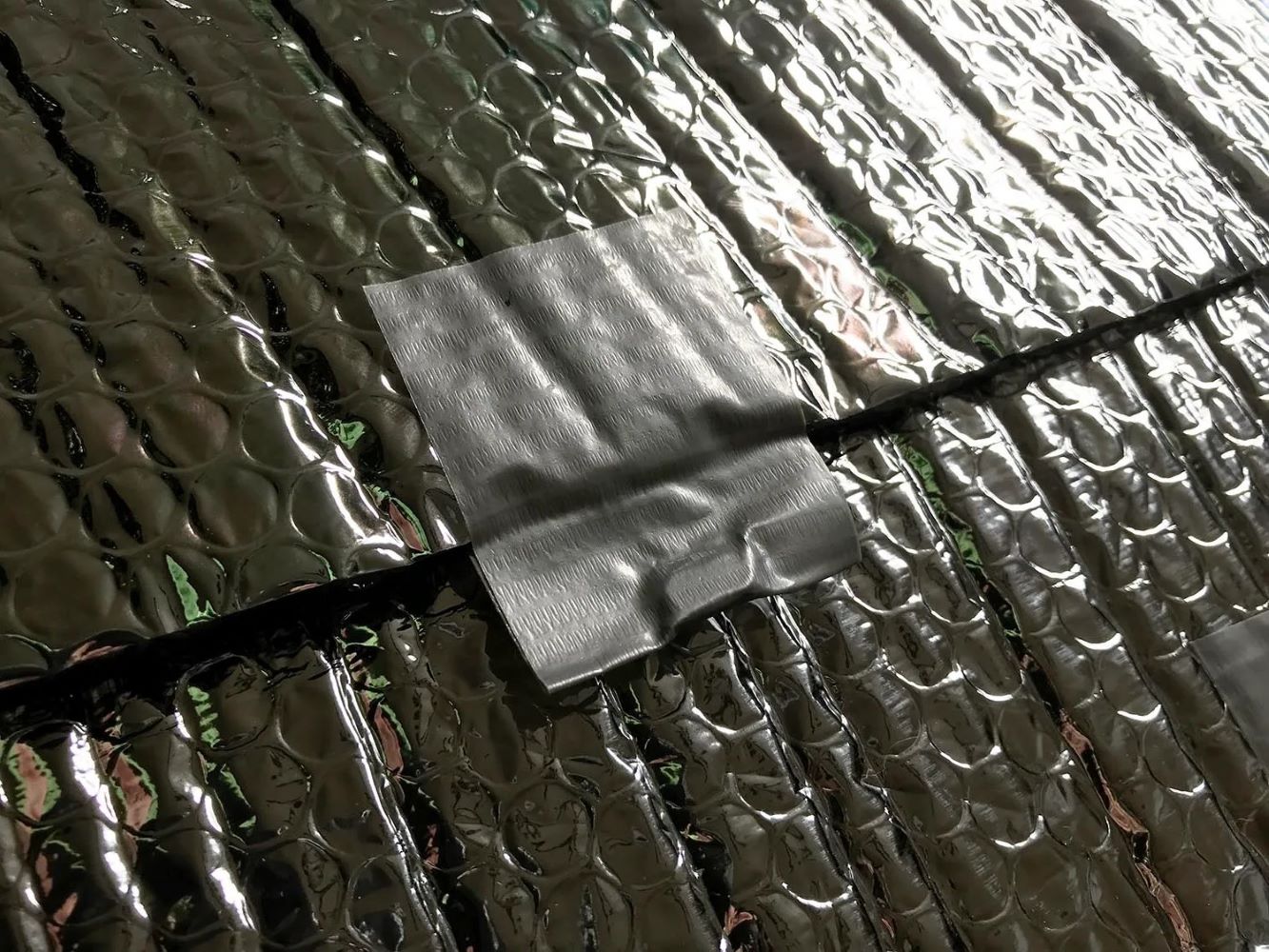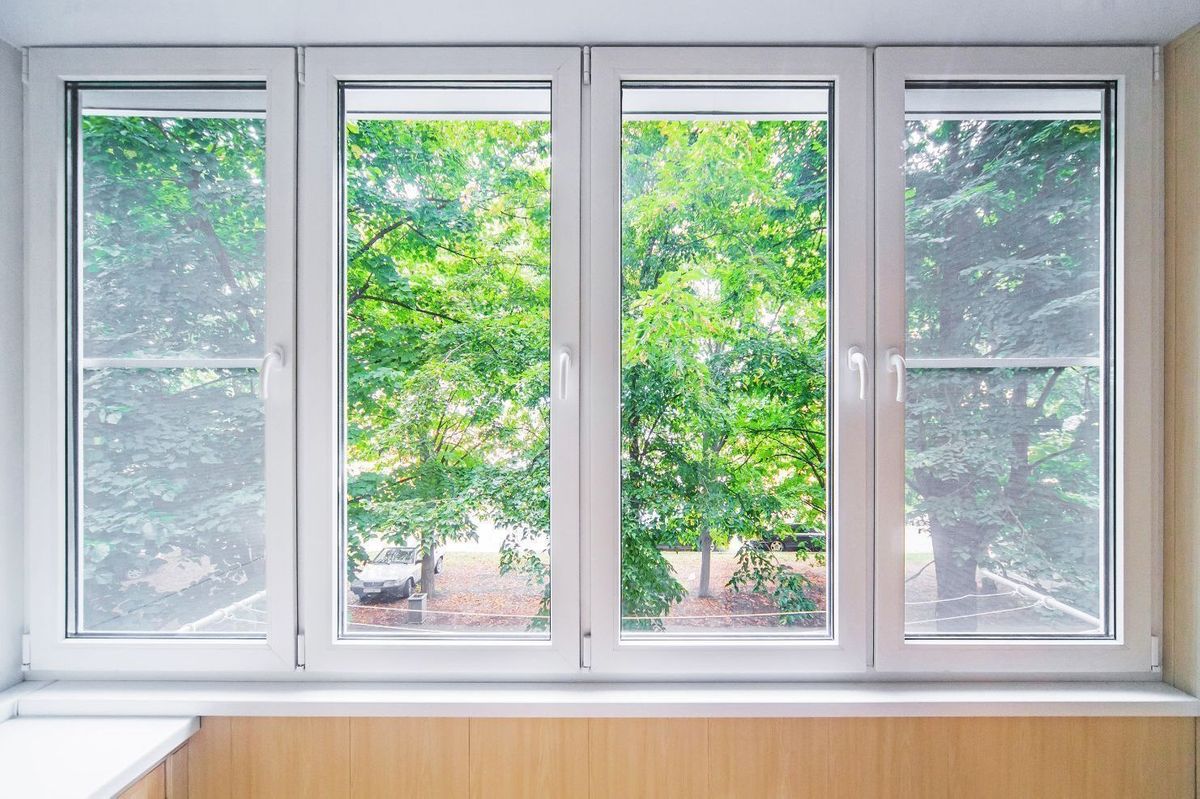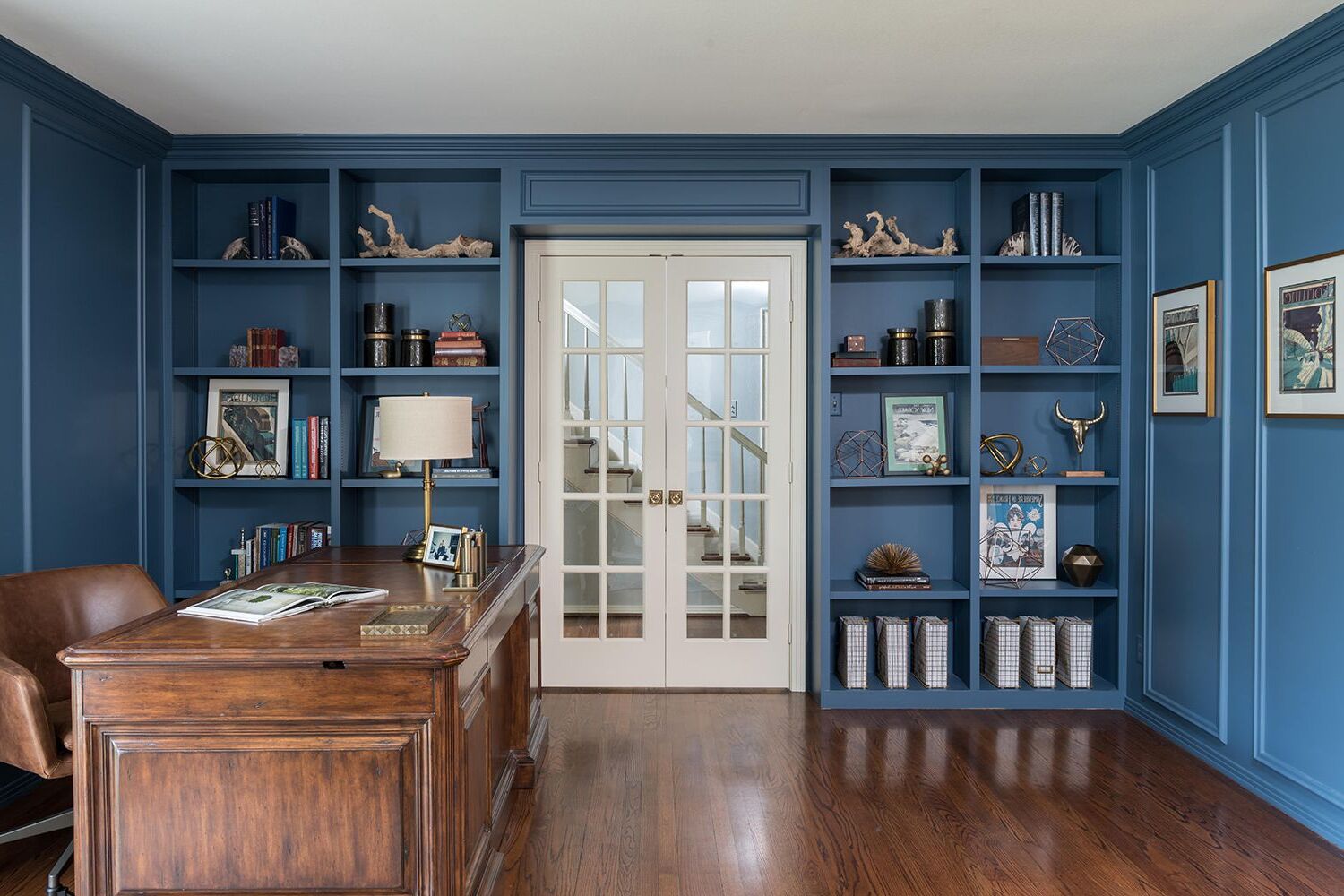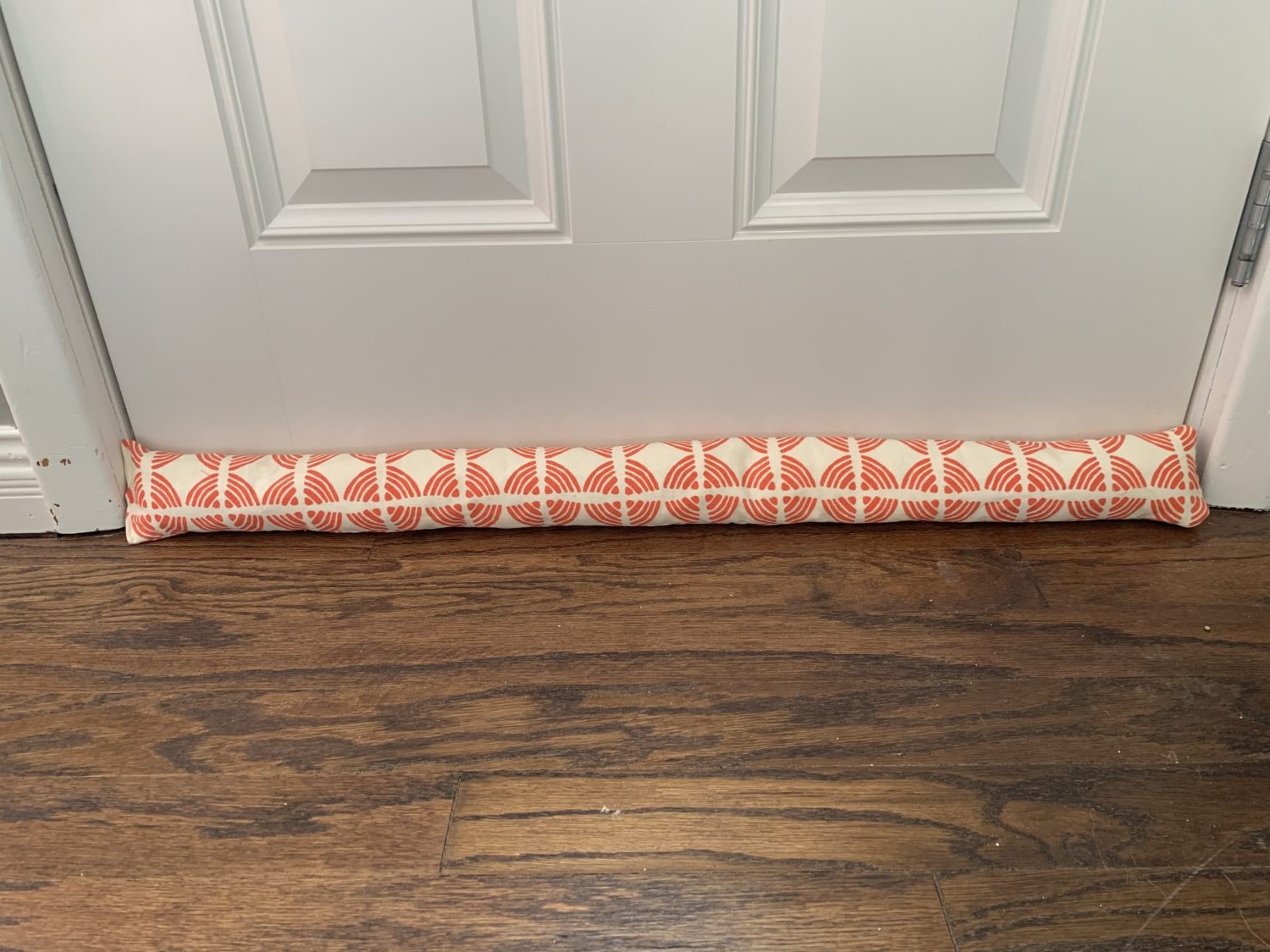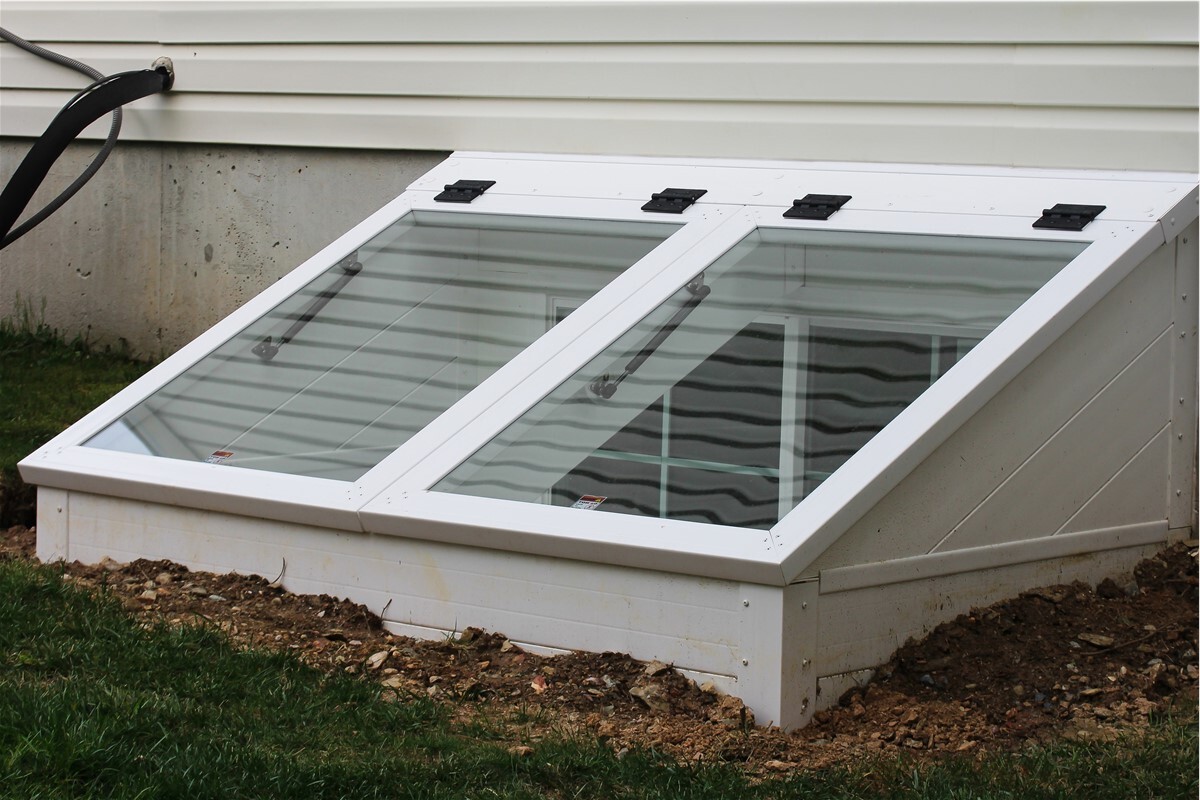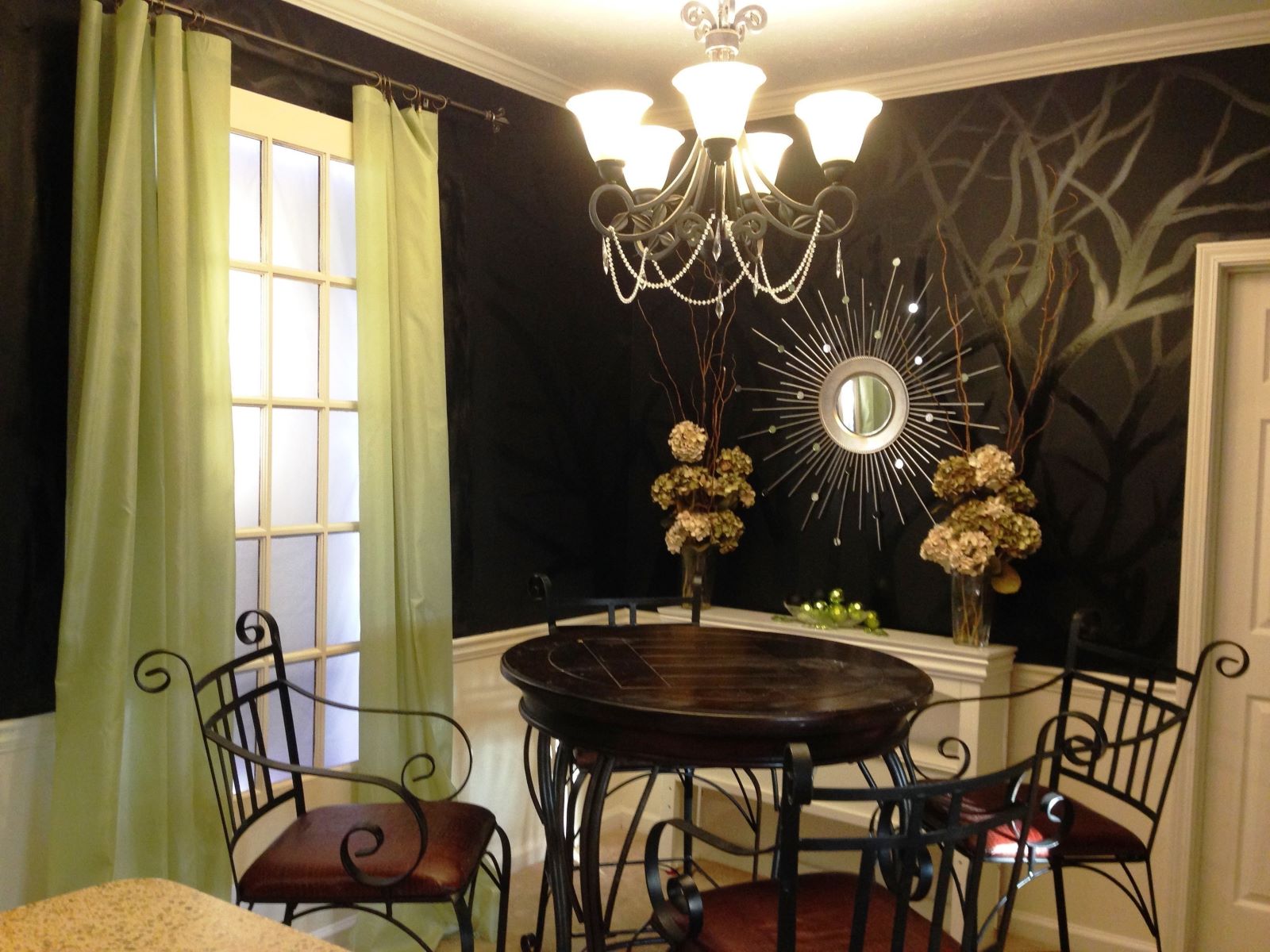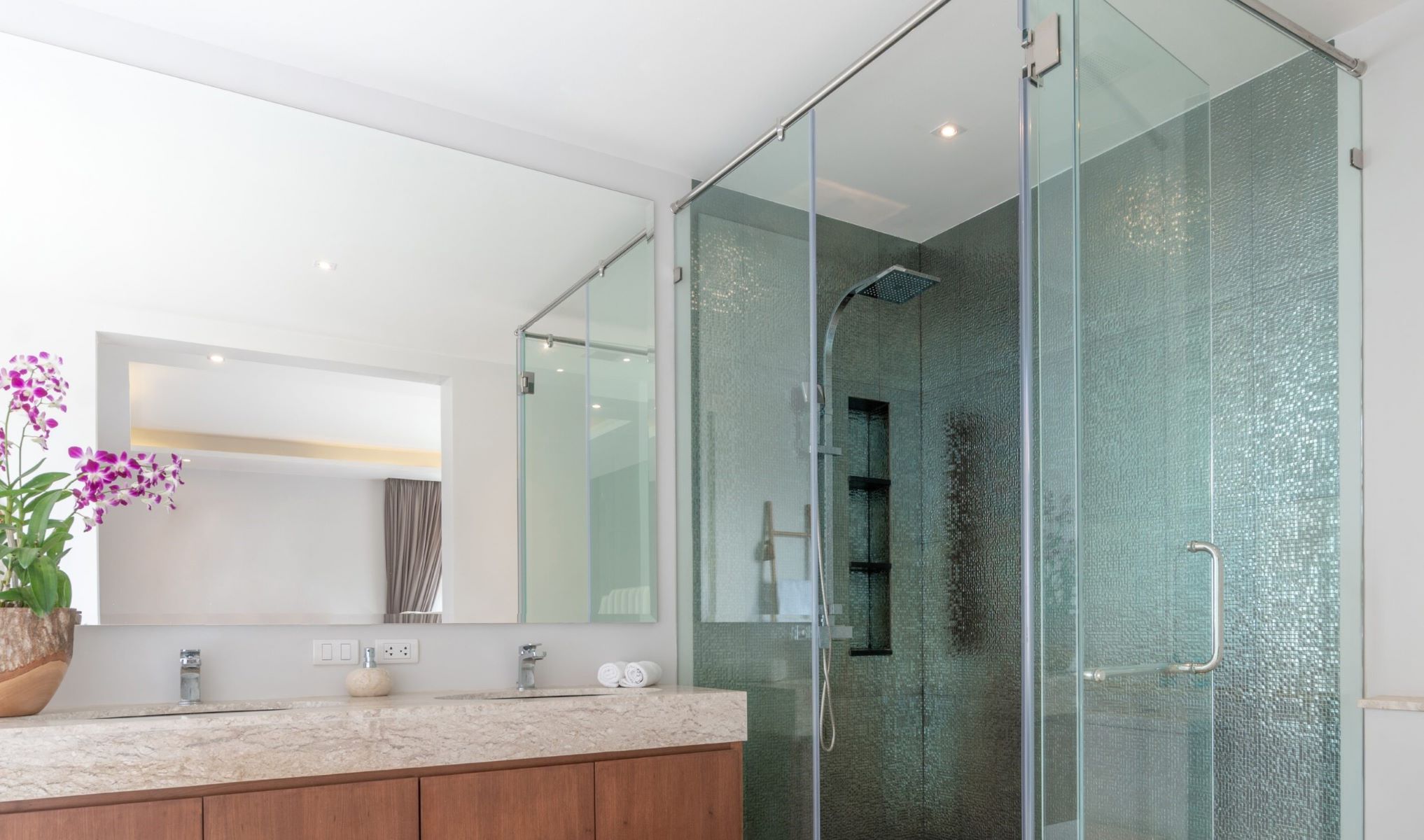Home>Create & Decorate>DIY & Crafts>How To Make A Terrarium
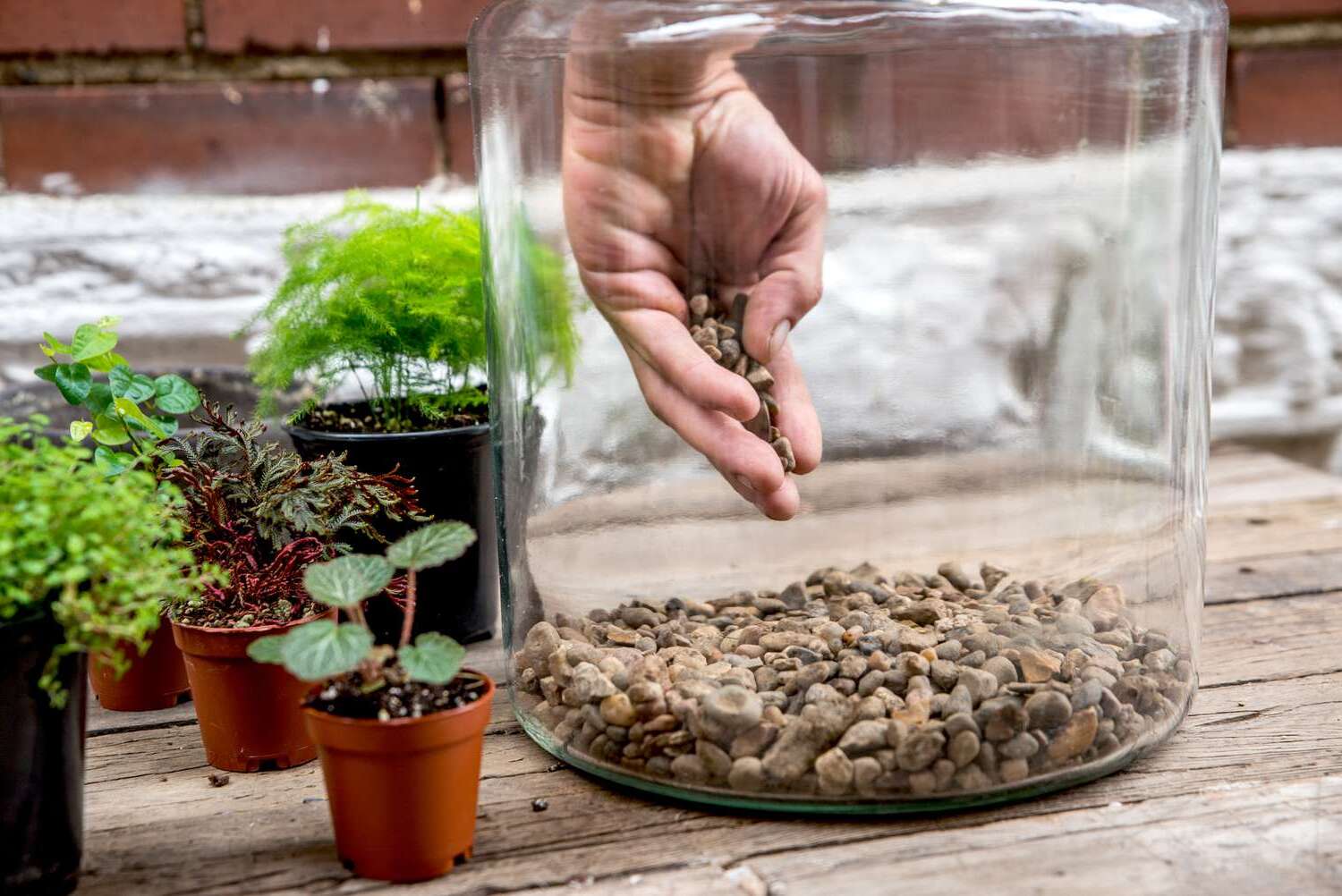

DIY & Crafts
How To Make A Terrarium
Published: February 28, 2024

Senior Editor in Create & Decorate, Kathryn combines traditional craftsmanship with contemporary trends. Her background in textile design and commitment to sustainable crafts inspire both content and community.
Learn how to make a beautiful terrarium with our easy DIY guide. Get creative with our step-by-step instructions and create your own stunning piece of nature. Perfect for DIY & Crafts enthusiasts!
(Many of the links in this article redirect to a specific reviewed product. Your purchase of these products through affiliate links helps to generate commission for Twigandthistle.com, at no extra cost. Learn more)
Introduction
Creating a terrarium is a delightful and rewarding DIY project that brings a touch of nature into your living space. Whether you're a seasoned gardener or a novice plant enthusiast, building a terrarium offers a wonderful opportunity to exercise your creativity and nurture a miniature ecosystem. This miniature garden enclosed in glass provides a captivating glimpse of the natural world, offering a serene and enchanting display of greenery that can thrive in a self-contained environment.
Terrariums have gained popularity as a low-maintenance yet visually stunning addition to homes, offices, and other indoor spaces. They require minimal upkeep and can be customized to suit various styles and preferences, making them an ideal choice for individuals seeking a simple yet impactful way to introduce greenery into their surroundings.
In this comprehensive guide, we will explore the step-by-step process of creating a terrarium, from selecting the right container and choosing suitable plants to assembling and caring for your miniature garden. Whether you're drawn to the lush greenery of tropical plants or the delicate beauty of succulents, this guide will equip you with the knowledge and inspiration to craft a captivating terrarium that reflects your personal style and brings a touch of natural beauty into your everyday life.
So, roll up your sleeves, gather your materials, and let's embark on a journey to create a stunning terrarium that will not only enhance your living space but also provide a soothing retreat for your mind and spirit. Let's dive into the world of terrariums and unlock the secrets to cultivating a thriving mini-ecosystem within the confines of a glass enclosure.
Materials Needed
To embark on the fulfilling journey of creating your own terrarium, you will need a few essential materials to set the stage for your miniature garden. Before diving into the creative process, it's important to gather the following items to ensure a smooth and enjoyable terrarium-building experience:
-
Glass Container: Select a clear glass vessel to serve as the foundation of your terrarium. The container can range from a classic glass fishbowl to a sleek geometric terrarium, depending on your personal preference and the overall aesthetic you wish to achieve.
-
Potting Mix: Choose a high-quality potting mix suitable for the types of plants you intend to include in your terrarium. Opt for a well-draining mix to prevent waterlogged soil, which can be detrimental to the health of your plants.
-
Activated Charcoal: This serves as a crucial element in maintaining a healthy terrarium environment by absorbing excess moisture and preventing the onset of odors. Activated charcoal also aids in filtering the air within the enclosed space.
-
Assorted Plants: Select a variety of small plants that thrive in the conditions of a terrarium, such as ferns, mosses, succulents, or air plants. These green companions will bring life and vibrancy to your miniature garden, adding a touch of natural beauty to your living space.
-
Decorative Elements: Consider incorporating decorative elements such as small pebbles, decorative stones, or miniature figurines to add visual interest and personality to your terrarium. These elements can complement the overall theme and style of your creation, enhancing its aesthetic appeal.
-
Misting Spray Bottle: A misting spray bottle will come in handy for maintaining the ideal level of moisture within your terrarium. This tool allows you to provide a gentle spritz of water to your plants, ensuring they receive adequate hydration without overwhelming them.
-
Long-Handled Spoon or Tweezers: These tools are essential for planting and arranging the components within the confined space of the terrarium. The long handles enable you to maneuver and position plants and decorative elements with precision and ease.
-
Gloves: While not mandatory, wearing gloves can help protect your hands from soil and potential irritants, especially if you have sensitive skin.
By gathering these materials, you will be well-equipped to embark on the creative process of assembling your terrarium. With these essentials in hand, you are ready to delve into the next steps of choosing the right container and selecting the perfect plants to bring your miniature garden to life.
Choosing the Right Container
The selection of the container for your terrarium is a pivotal decision that significantly influences the overall aesthetic and functionality of your miniature garden. When choosing the right container, consider factors such as size, shape, and style to create a visually appealing and harmonious display.
Size Matters: The size of the container plays a crucial role in determining the scale of your terrarium. Opt for a container that provides ample space for your selected plants to thrive while allowing for easy access during the assembly process. Additionally, a larger container offers more room for creativity and variation in plant selection, while a smaller container can create an intimate and charming display.
Shape and Style: The shape and style of the container contribute to the overall visual impact of your terrarium. Classic options such as glass fishbowls or cylindrical vessels exude timeless elegance, while geometric terrariums with clean lines and modern appeal lend a contemporary touch to your creation. Consider the existing decor of your space and choose a container that complements the surrounding environment, whether it's a minimalist interior or a cozy, eclectic setting.
Open or Closed: Terrariums come in two main types: open and closed. Open terrariums allow for better airflow and are well-suited for plants that thrive in drier conditions, such as succulents and cacti. On the other hand, closed terrariums create a self-contained ecosystem with higher humidity levels, making them ideal for moisture-loving plants like ferns and mosses. Consider the specific needs of your chosen plants and select a container that aligns with their preferred growing conditions.
Transparency and Visibility: The transparency of the container offers a captivating view of the inner garden, allowing you to appreciate the intricate details of the plants and decorative elements. Clear glass containers provide an unobstructed view of the terrarium's contents, while tinted or colored glass can impart a unique ambiance and filter the light that reaches the plants. Choose a container that enhances the visual appeal of your terrarium and complements the natural beauty of the enclosed greenery.
By carefully considering these aspects, you can select a container that not only showcases your creativity but also provides an optimal environment for the flourishing of your terrarium. The right container serves as the foundation for your miniature garden, setting the stage for a captivating and harmonious display that brings a touch of nature into your living space.
Selecting the Right Plants
The process of selecting the right plants for your terrarium is a pivotal step that directly impacts the success and visual appeal of your miniature garden. When choosing plants for your terrarium, it's essential to consider their compatibility with the enclosed environment and their ability to thrive in the confined space. Additionally, the selection of plants allows you to infuse your terrarium with a unique aesthetic and create a captivating green landscape within the glass enclosure.
Consider the Growing Conditions
Before choosing plants for your terrarium, assess the growing conditions within the enclosed environment. Factors such as light exposure, humidity levels, and available space will influence the types of plants that are best suited for your terrarium. For instance, if your terrarium receives ample natural light, you may opt for sun-loving succulents or air plants that thrive in bright conditions. Conversely, if your terrarium is situated in a low-light environment, consider shade-tolerant plants such as ferns and mosses that can flourish in subdued light.
Read more: How to Soundproof a Door
Diversity and Visual Harmony
Incorporating a diverse selection of plants can add visual interest and depth to your terrarium. Mix and match different textures, colors, and growth habits to create a dynamic and visually appealing composition. Consider including a combination of trailing plants, compact foliage, and vertical accents to craft a balanced and harmonious display within the limited space of the terrarium. This diversity not only enhances the aesthetic appeal of your miniature garden but also creates a captivating microcosm of natural beauty.
Plant Selection for Open vs. Closed Terrariums
The type of terrarium you have chosen, whether open or closed, will influence the selection of plants. For open terrariums, which offer better airflow and drier conditions, opt for plants that thrive in well-drained soil and lower humidity levels, such as succulents, cacti, and certain air plants. In contrast, closed terrariums, with their higher humidity levels and self-contained ecosystem, are well-suited for moisture-loving plants like ferns, mosses, and tropical foliage. Tailoring your plant selection to the specific requirements of your terrarium type ensures that your plants will thrive in their designated environment.
Size and Growth Potential
Considering the mature size and growth habits of the chosen plants is crucial for maintaining a balanced and sustainable terrarium. Select plants that are well-suited for the size of your container and have growth habits that complement one another. Avoid overcrowding the terrarium with plants that may outgrow the space or compete for resources. Instead, choose plants that will maintain a harmonious coexistence and contribute to the overall equilibrium of the miniature ecosystem.
By carefully considering these factors and selecting plants that align with the unique conditions of your terrarium, you can create a captivating and thriving miniature garden that reflects your personal style and brings a touch of natural beauty into your living space. The thoughtful curation of plants allows you to craft a mesmerizing green landscape within the confines of the glass enclosure, transforming your terrarium into a captivating focal point that evokes a sense of tranquility and natural wonder.
Assembling Your Terrarium
Assembling your terrarium is an exciting and creative process that brings together all the elements to construct a captivating miniature ecosystem within the confines of a glass enclosure. This step-by-step guide will walk you through the seamless assembly of your terrarium, allowing you to unleash your creativity and bring your vision to life.
Read more: How to Make Barn Door Locks
Layering the Foundation
Begin by layering the foundation of your terrarium to create an optimal environment for your plants. Start with a base of small pebbles or gravel, which serves as a drainage layer to prevent water from accumulating at the bottom of the container. This layer promotes healthy root growth by ensuring proper drainage and aeration for the plants.
Next, add a thin layer of activated charcoal on top of the pebbles. The activated charcoal acts as a natural filter, absorbing impurities and odors while maintaining a fresh and clean environment within the terrarium. This crucial layer contributes to the overall health and longevity of your miniature garden.
Adding the Potting Mix
Carefully add a layer of high-quality potting mix on top of the charcoal, ensuring that it is evenly distributed within the container. The potting mix provides essential nutrients and a supportive medium for the roots of your chosen plants. Select a well-draining mix suitable for the specific types of plants you have chosen, taking into account their individual growing requirements.
Planting and Arranging
With the foundation in place, it's time to plant and arrange the selected green companions within your terrarium. Using a long-handled spoon or tweezers, create small indentations in the potting mix to accommodate the root balls of the plants. Gently remove the plants from their containers, loosen the roots, and carefully place them into the prepared indentations.
As you plant each specimen, consider the visual composition and spatial arrangement to create an aesthetically pleasing display. Mix and match different plant varieties, taking into account their growth habits and mature sizes. Arrange trailing plants to cascade gracefully, position compact foliage for visual density, and incorporate vertical accents to add height and dimension to the miniature landscape.
Adding Decorative Elements
To enhance the visual appeal and personal touch of your terrarium, consider adding decorative elements such as small decorative stones, miniature figurines, or natural accents. These elements can be strategically placed to complement the plants and create a cohesive and enchanting scene within the glass enclosure. Whether you opt for a minimalist arrangement or a whimsical display, the addition of decorative elements infuses character and charm into your terrarium.
Read more: How to Create a Stylish Wet Room Bathroom
Misting and Final Touches
Once the plants and decorative elements are in place, gently mist the interior of the terrarium using a misting spray bottle. This step ensures that the plants receive adequate moisture without saturating the potting mix. Avoid overwatering, as excessive moisture can lead to root rot and other issues. After misting, carefully wipe any water droplets from the interior walls of the container to maintain a clear and pristine view of your miniature garden.
With the final touches complete, step back and admire your handiwork. Your carefully assembled terrarium is now ready to take its place as a captivating and vibrant addition to your living space. The harmonious blend of plants, decorative elements, and thoughtful arrangement has transformed the glass enclosure into a mesmerizing microcosm of natural beauty, inviting you to revel in the tranquility and allure of your own miniature garden.
Caring for Your Terrarium
Caring for your terrarium is essential to ensure the long-term health and vitality of the enclosed plants and maintain the overall beauty of your miniature garden. By providing attentive care and creating a suitable environment, you can foster a thriving ecosystem within the glass enclosure. Here's a comprehensive guide to nurturing and maintaining your terrarium:
Monitoring Light and Temperature
Place your terrarium in a location that offers the appropriate amount of light for the specific plants it contains. Monitor the intensity and duration of light exposure, ensuring that sun-loving plants receive adequate sunlight while shade-tolerant species are shielded from direct, intense light. Additionally, be mindful of temperature fluctuations, aiming to maintain a stable and moderate environment within the terrarium.
Watering with Precision
The watering needs of your terrarium will vary based on the types of plants it houses and the environmental conditions. Use a misting spray bottle to provide a gentle spritz of water, moistening the potting mix without saturating it. Avoid overwatering, as excessive moisture can lead to root rot and other issues. Regularly check the moisture level of the soil and adjust your watering frequency accordingly.
Read more: How to Build DIY Cabinet Doors
Pruning and Maintenance
Periodically inspect your terrarium for any signs of overgrowth, yellowing leaves, or debris. Prune and remove any dead or decaying plant material to maintain a tidy and healthy environment. Additionally, gently wipe the interior walls of the container to remove any accumulated dust or water droplets, ensuring that the glass remains clear and transparent for optimal viewing.
Air Circulation and Ventilation
While closed terrariums create a self-contained ecosystem, it's important to periodically open the lid to allow for air circulation and prevent the buildup of excessive humidity. This brief ventilation period helps refresh the air within the terrarium and prevents the onset of mold or fungal issues. For open terrariums, ensure that there is adequate airflow to maintain a balanced and healthy environment for the plants.
Fertilization and Nutrient Balance
Depending on the specific plant species within your terrarium, you may need to provide occasional fertilization to ensure that the plants receive essential nutrients for growth. Use a diluted, balanced fertilizer suitable for the types of plants in your terrarium, applying it sparingly to avoid over-fertilization. Monitor the overall nutrient balance and adjust your fertilization regimen as needed.
By implementing these care practices, you can nurture a thriving and visually captivating terrarium that continues to enchant and inspire. Regular monitoring, attentive watering, and thoughtful maintenance contribute to the longevity and vibrancy of your miniature garden, allowing you to revel in the natural beauty and tranquility it brings to your living space.
Conclusion
In conclusion, the art of creating a terrarium is a delightful fusion of creativity, horticulture, and design, offering a captivating way to bring the beauty of nature into your living space. As you embark on the journey of crafting your own terrarium, you are not only nurturing a miniature ecosystem but also cultivating a serene and enchanting retreat that adds a touch of natural wonder to your everyday surroundings.
The process of assembling a terrarium is a testament to the harmonious coexistence of art and nature. From selecting the perfect container to curating a diverse selection of plants and arranging them with precision, each step reflects a thoughtful and creative approach to cultivating a captivating miniature garden. The careful layering of materials, the placement of green companions, and the addition of decorative elements culminate in a mesmerizing display that invites you to immerse yourself in the tranquility and allure of your own little world within glass walls.
As you tend to your terrarium, providing attentive care and maintaining a suitable environment, you become a steward of this miniature ecosystem, fostering its vitality and longevity. The act of monitoring light and temperature, watering with precision, and tending to the needs of the enclosed plants allows you to form a deeper connection with the natural world, nurturing a thriving microcosm that brings joy and serenity into your life.
Ultimately, a well-crafted terrarium transcends its role as a decorative accent and becomes a source of inspiration, offering a glimpse of the intricate beauty and resilience of nature. It serves as a reminder of the wondrous ecosystems that thrive beyond the confines of glass, instilling a sense of wonder and appreciation for the natural world.
So, as you gaze upon your terrarium, basking in the tranquility it exudes and marveling at the lush greenery thriving within, take a moment to revel in the artistry and ingenuity that have brought this miniature garden to life. Let it serve as a testament to the beauty of simplicity, the power of creativity, and the enduring allure of nature captured within a glass sanctuary.

